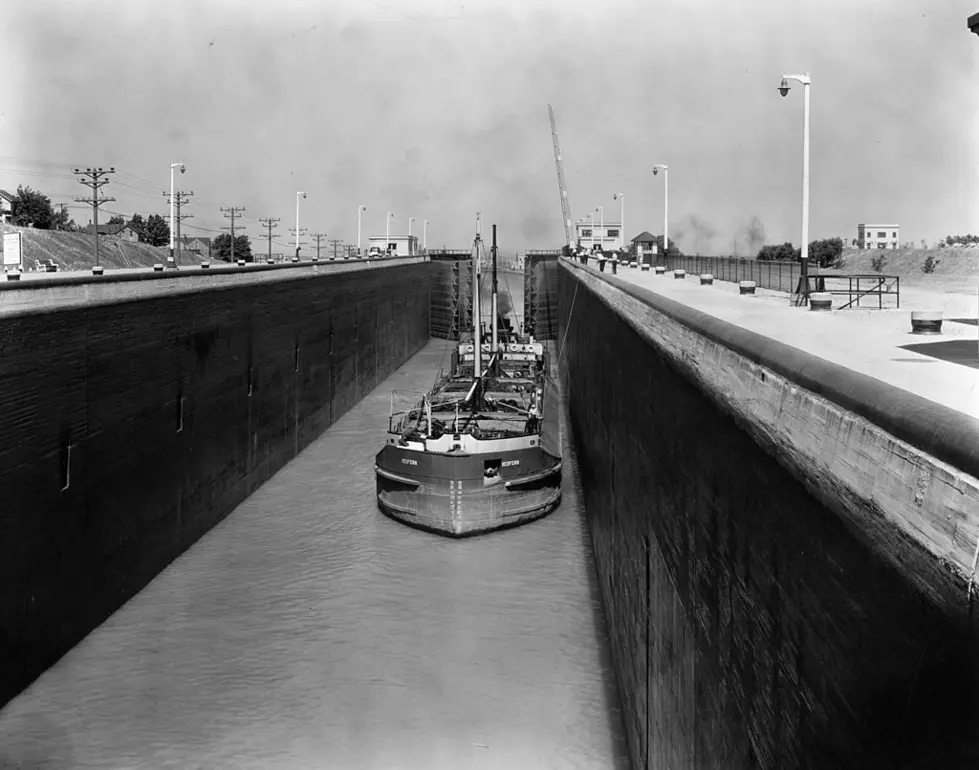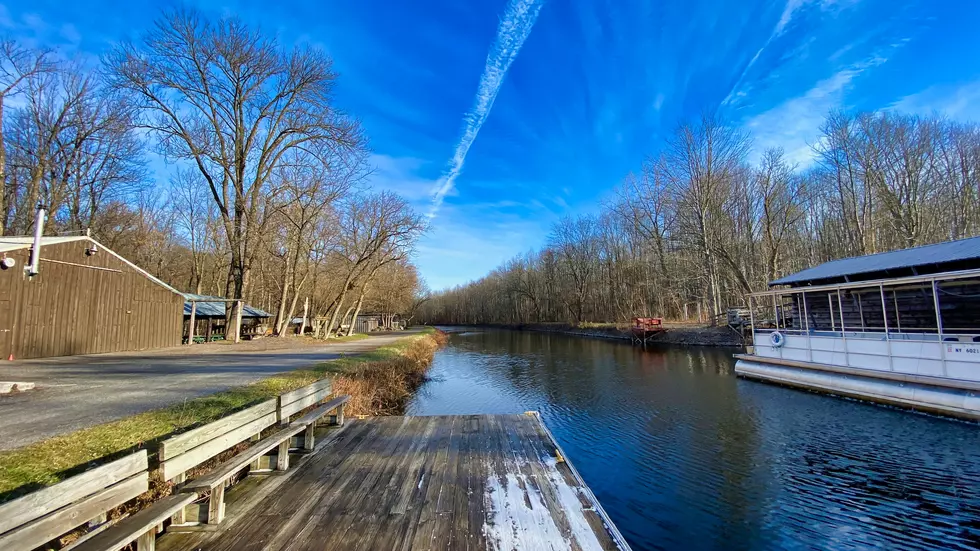
One Of Buffalo’s Biggest Eyesores
I see the point in saving some of Buffalo’s old buildings. The results have been amazing. Give credit to the people who have the vision….and the money to renovate these broken down buildings and turn them into gems. But what do you do with Buffalo’s old grain mills? Preservationists want them saved. For what? What can they be used for? They’re ugly, falling apart, rat-infested. They don’t give visitors a very good impression of the city if they enter from the south.
The construction of canals led to the rise and fall of Buffalo as a grain port – one of the most important grain ports in the world. When the Erie Canal opened it created a connector between the Atlantic Ocean and Great Lakes. It allowed Midwestern grain to be transported across the Great Lakes thru Buffalo where it was unloaded onto canal boats and across the state to New York City. There was so much grain coming thru Buffalo workers could hardly keep up.
Grain elevators allowed grain to be stored until it could be shipped. Big scoops would gather up the grain from ships and it would be elevated by conveyor to the top of the storage bin. Those first grain mills were made of wood. Wood was eventually replaced by concrete.
When the Welland Canal opened in 1959 it created a direct route between the Great Lakes and the Atlantic by way of the St. Lawrence Seaway. Traveling to Buffalo was no longer necessary. It killed thousands of jobs in Buffalo and to the closing of nearly all of the city’s grain mills. But yet 50 years later most of them are still standing. Anybody know why? They’re an eyesore. Anybody agree?
More From 106.5 WYRK









